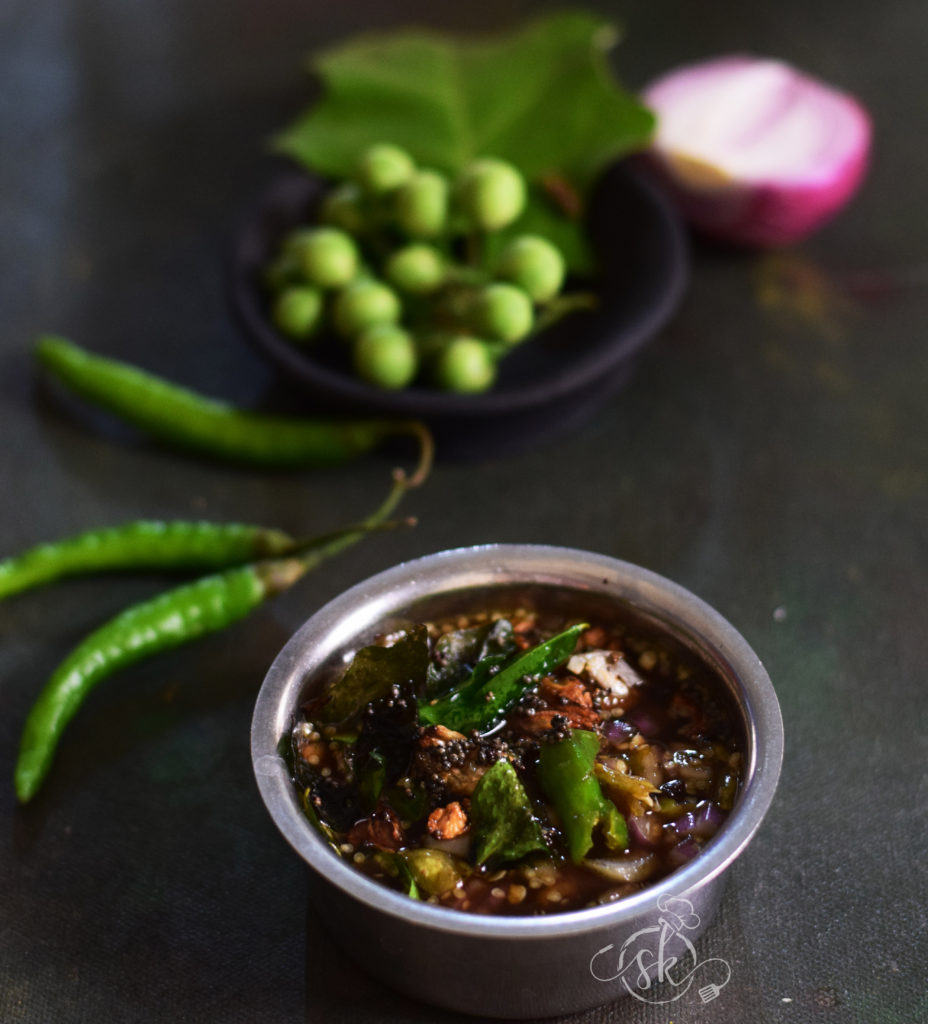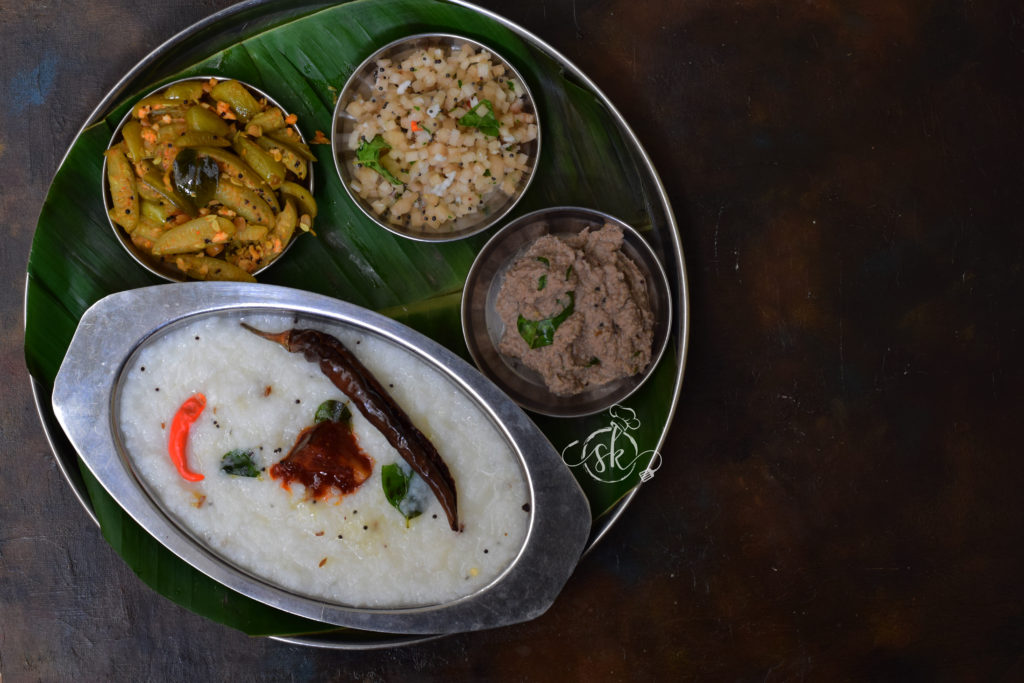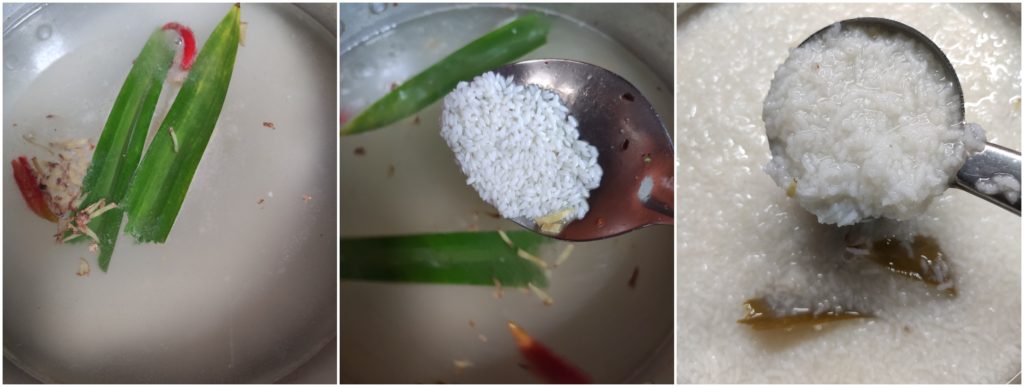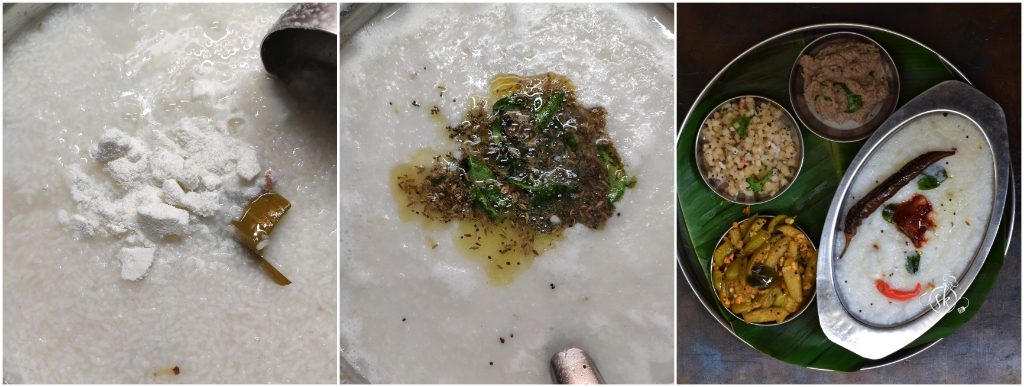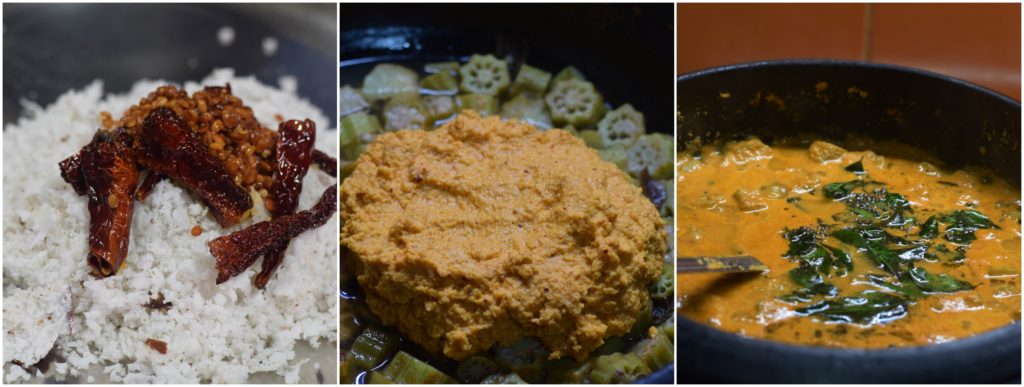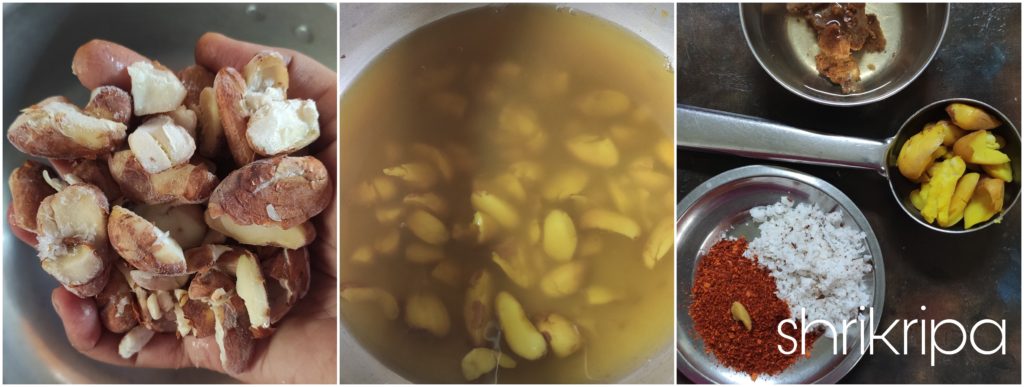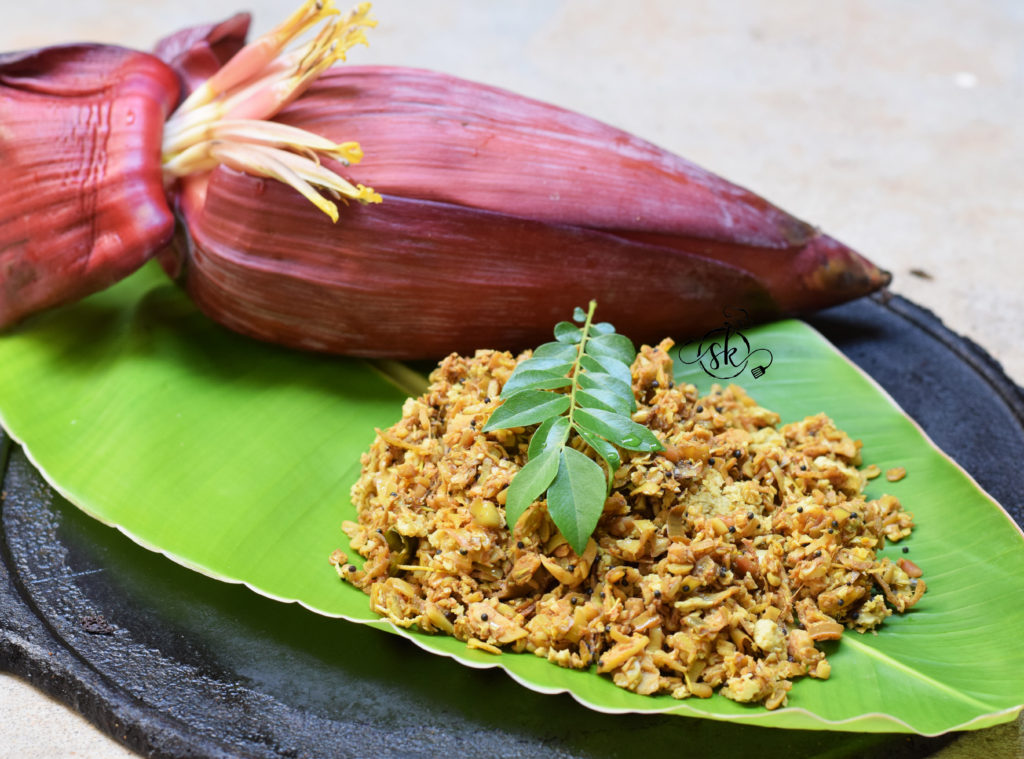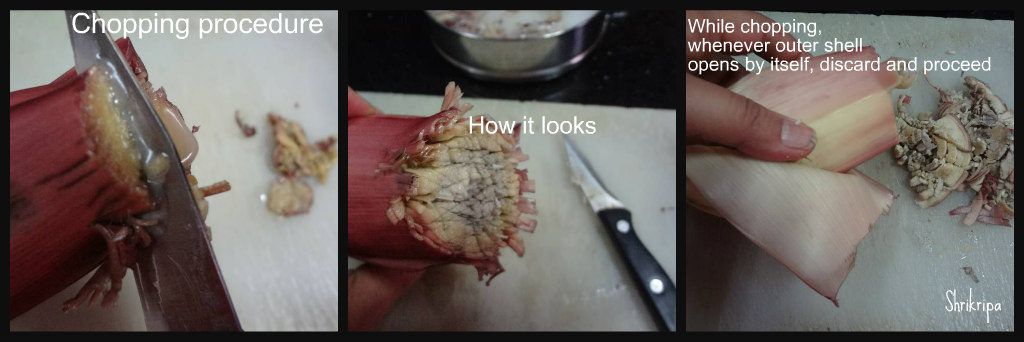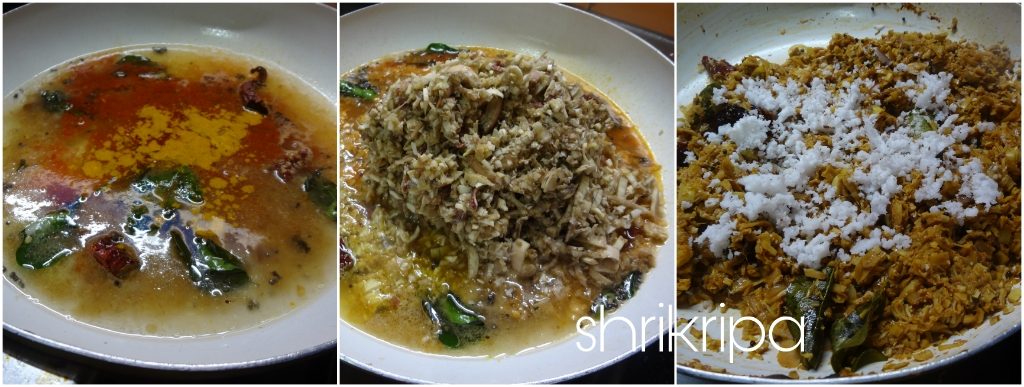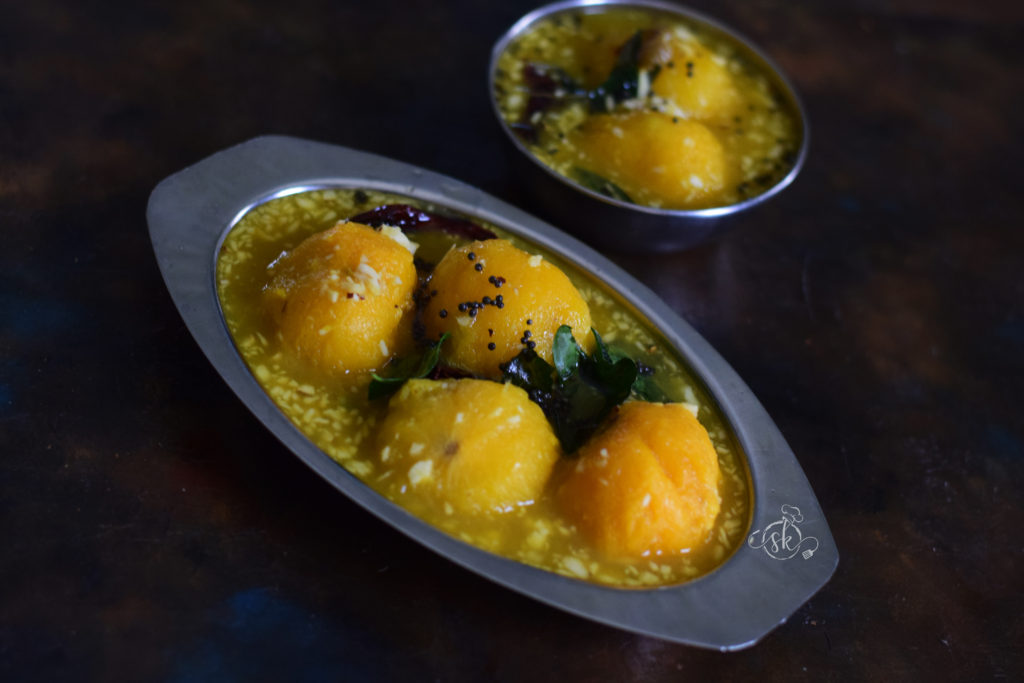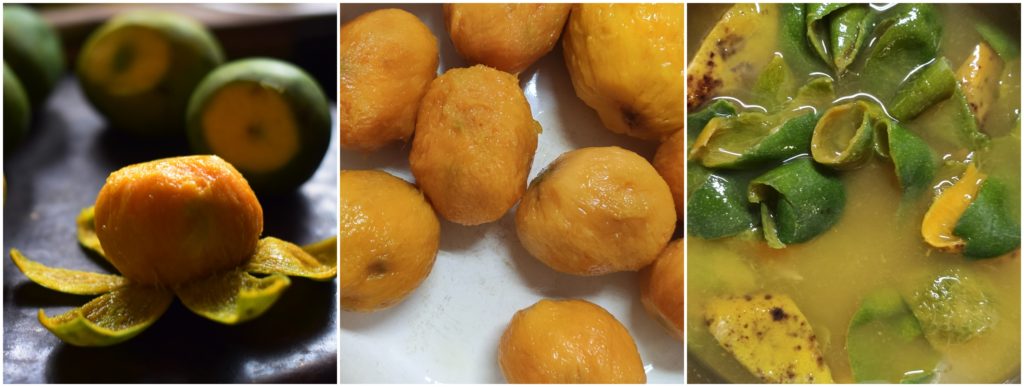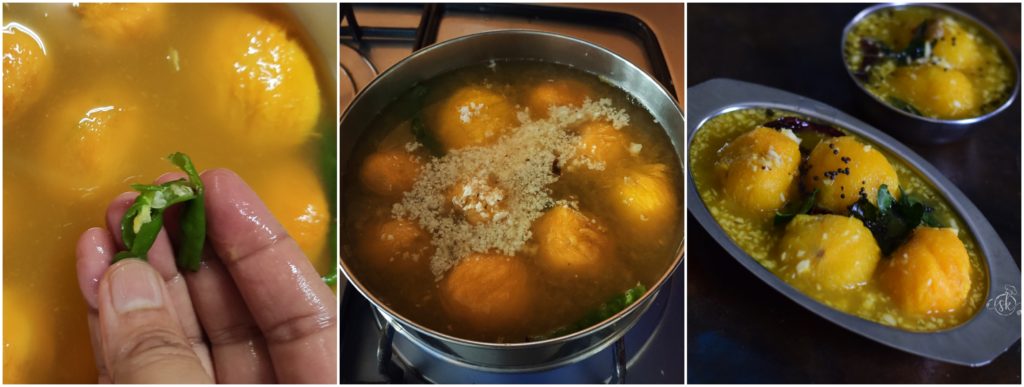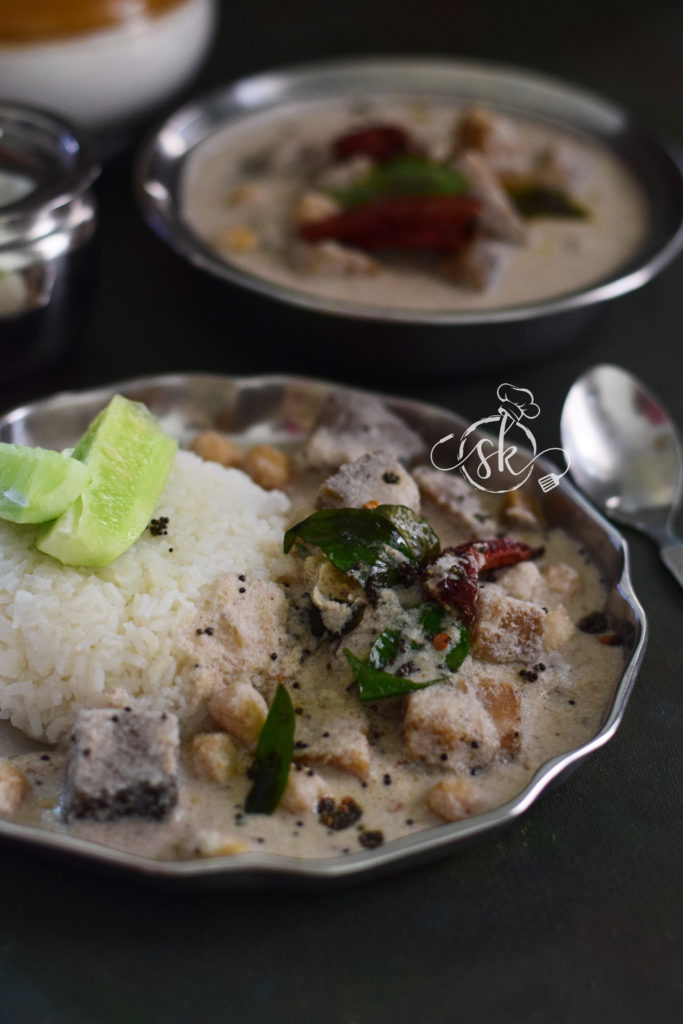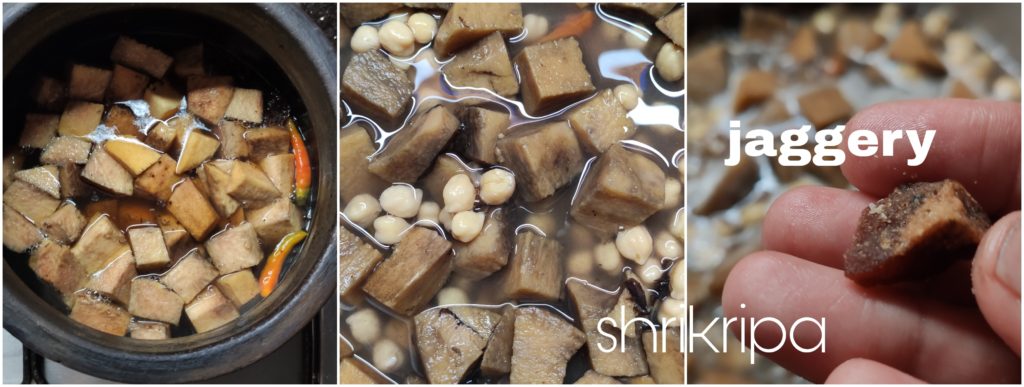I have shared some Basale / Malabar spinach recipes and jack seed recipes in my previous posts. If you are interested in finding out more Mangalore-based recipes, such as basale Chutney and basale with raw papaya curry, the method to preserve jackseed, hummus, the side dish with coloured cucumber, dry curry with bamboo shoot and Rasam. Please click the hyperlink and check it out.
As we all know, basale is rich in iron, fibre, and vitamins and low in calories. When combined with jackseed, natural plant protein is an added benefit; cooked jackseed is creamy in texture, tasty to the palette and healthy for our bodies.
Here is the most amazing Malabar spinach and jack seed recipe from my family to yours, which is a perfect pair with Hot Rice or traditional red rice rotti or Rotti using rice flour.

Ingredients:
Malabar spinach – 250- 300 grams
Jack seeds – 12 to 15 ( crushed and shelled) OR Soaked black-eyed peas (white)
Onion – 1 sliced (medium)
Turmeric – 1tsp
Salt – as required
Jaggery – ½ tsp (optional)
Red chilli powder – 1tsp
Tamarind – small gooseberry size, soaked in water.
For the Masala Paste:
Grated fresh coconut – 1 cup
Red chillies – 4 to 6 ( Byadagi)
Coriander seeds – 1 tbl spoon
Cumin – 1 tsp
Garlic – 2 cloves (optional)
For the seasoning:
Coconut oil – 1 tbl spoon
Mustard – 1 tsp
Red chilli – 1
Crushed garlic – 8 – 10
Curry leaves – 1 spring.
Method:
-If you use Pieces of stems from the Malabar spinach, cook those stems with salt in a pressure cooker for 2 to 3 whistles. Add Jack seed or Black-eyed peas and chopped Malabar spinach greens, tamarind water, salt, jaggery, and red chilli powder when the pressure releases.
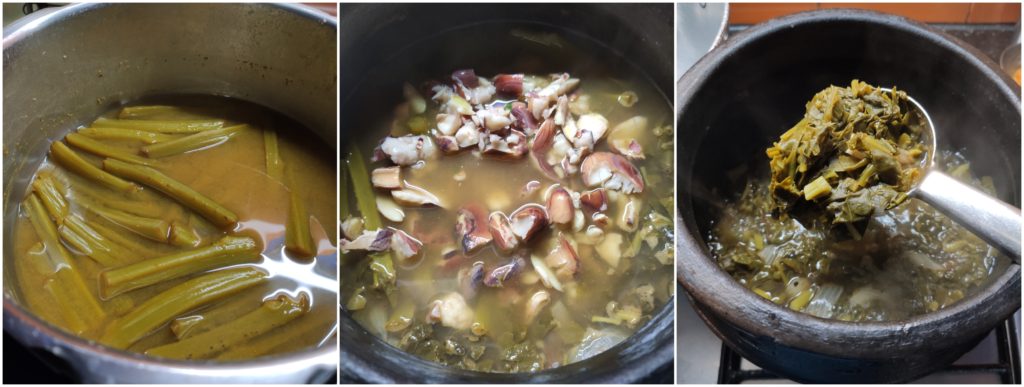
-cook further in an open vessel or close the lid of the pressure cooker and give one whistle.
-Now, make masala. Heat a coconut oil, coriander, cumin, garlic, and red chillies, and fry until crisp. Now, grind these fried items with coconut and make a smooth paste.
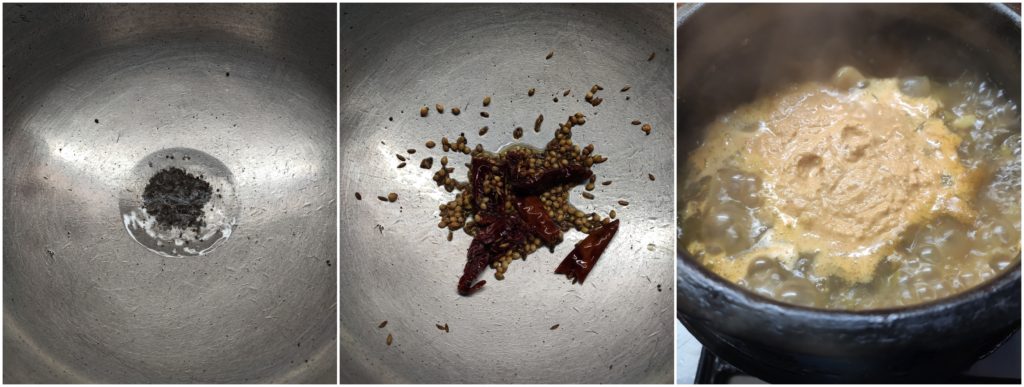
-Add the ground masala to cooked veggies, boil, and season.
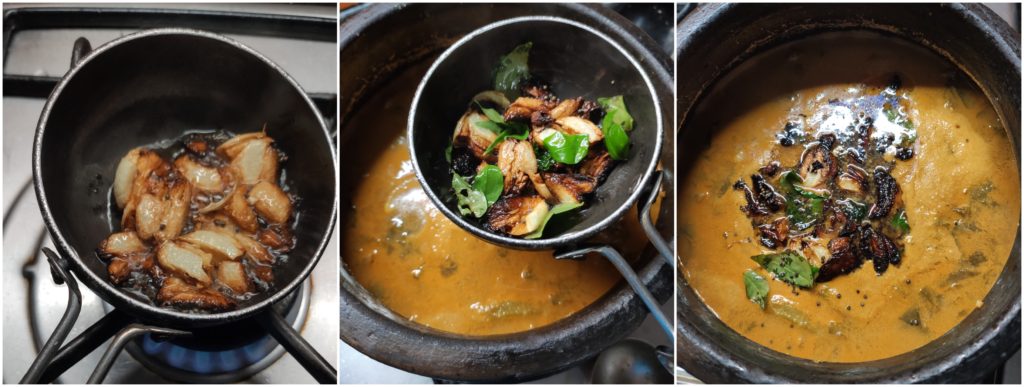
-For seasoning, heat coconut oil, splutter mustard, add crushed garlic and red chilli, and fry until it turns light brown; add curry leaves and pour it over the curry. Enjoy with Dosa, Rotti, or rice.


